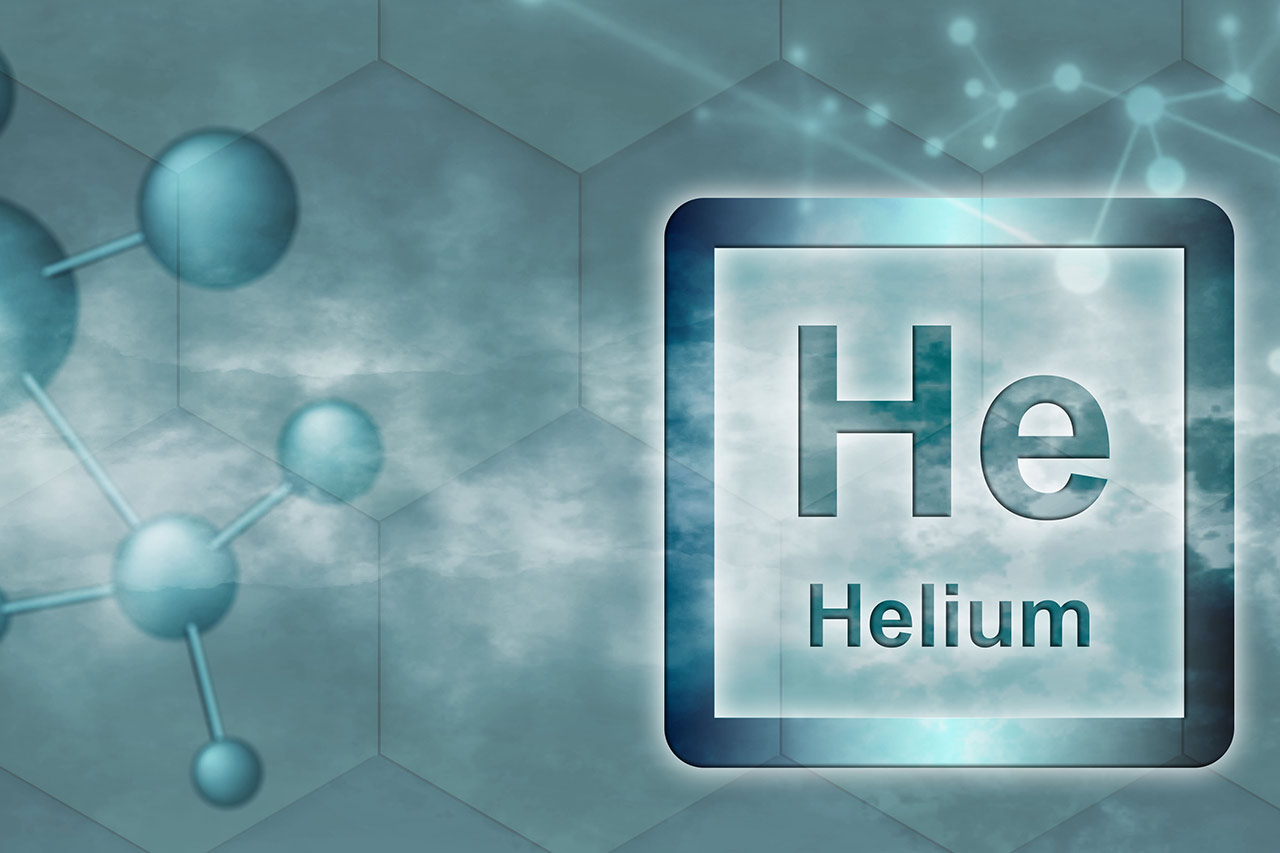Where does helium used in industries come from?
Helium is naturally available in gaseous fields of several types. It is mainly recovered as a by-product during the extraction and treatment of natural gas. The helium content of natural gas must be greater than 0.3% for extraction to be economically viable. In 2023, at least 18 refined helium production units were operating worldwide, including 9 in the United States, 3 in Qatar and Russia, 2 in Algeria, and one in Poland.
Helium, an abundant resource for industries?
Helium is abundant and its resources are estimated by the USGS to be more than 100 years long at the current rate of consumption. However, due to a lack of production capacity, the market has been affected by several shortages in recent years, particularly in 2019. In response to these shortages, producers have increased their prices or reduced the supply for non-essential applications, such as balloons used for festive purposes. However, the situation is expected to change rapidly as new production sites are expected to open and to become fully operational in the coming years, particularly in Russia and Qatar.
What are the unexpected industrial applications of helium?
Because of its unique physical properties (inertia, low boiling point, high thermal conductivity, lightness, size, etc.), helium is used in many unexpected industrial applications and is sometimes impossible to substitute. Among these industrial applications, Alcimed would like to highlight five of them:
Helium in IRM units in healthcare
Helium is used to guarantee the superconductivity of magnets in MRI units. Even if technologies reducing the helium consumption of new devices are already on the market, helium remains essential to guarantee their operation. This medical imaging technique is widely used for the diagnosis of numerous pathologies (lesions, tumors, etc.) and more and more MRI units are being installed throughout the world, especially in developing countries.
Helium in the manufacture of fiber optics, critical to the deployment of 5G
Helium is used in the preform manufacturing process (1st stage of optic fibers manufacturing which consists in forming a precursor to the fiber), particularly for its reinforcement, and in the process of stretching this preform, to obtain the optic fiber to cool it efficiently. For the preform production, manufacturers have no alternative to helium.
Space exploration
Helium is used during the launch of space satellites to purge and pressurize the fuel tanks (propellants) of some launchers, such as Ariane. For the pressurization part, helium is still unreplaceable.
Read more: Ecology and space exploration: 3 trends that benefit the space industry
Production of electronic devices
Helium is used in electronics for the production of semiconductors or flat screens to create a protective inert atmosphere. So far, manufacturers cannot do without this gas in this context.
Fundamental research applications
Helium is used for research on nuclear fusion (ITER) or for particle accelerators (CERN) because of its low boiling point. Today, helium is the only compound able to reach the required temperatures (close to absolute zero).
Helium is therefore a critical resource due to the disequilibrium between supply and demand. As this molecule is critical for some key industrial applications for our economy, manufacturers may be exposed to a significant increase in the price of this resource, or even to a limited supply. In this context of energy and digital transitions, are you controlling and measuring your exposure to this resource? If you are asking yourself this question, Alcimed is there to help you to answer it! Discover also our achievements in co-product valorization strategy consulting.
About the author
Guillaume, Project Manager in Alcimed’s Energy Environment & Mobility team in France



